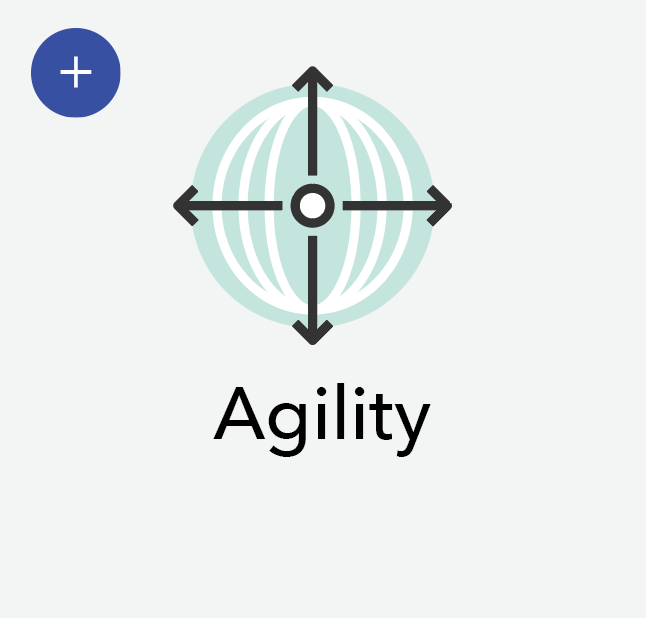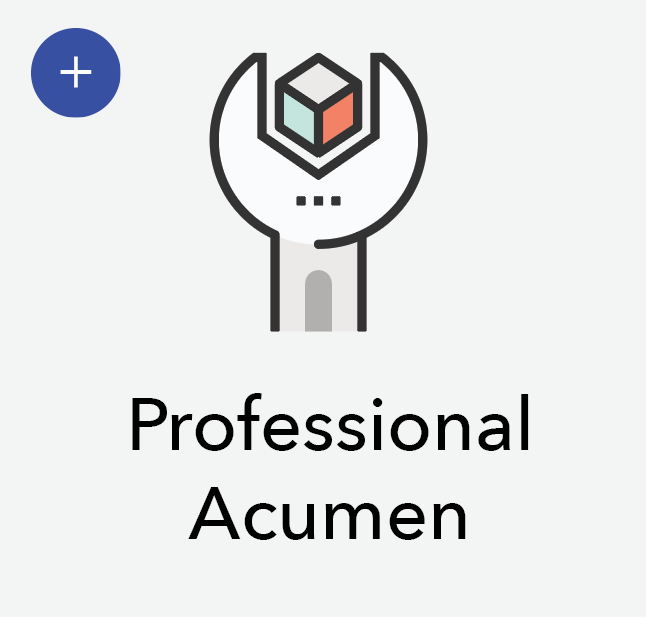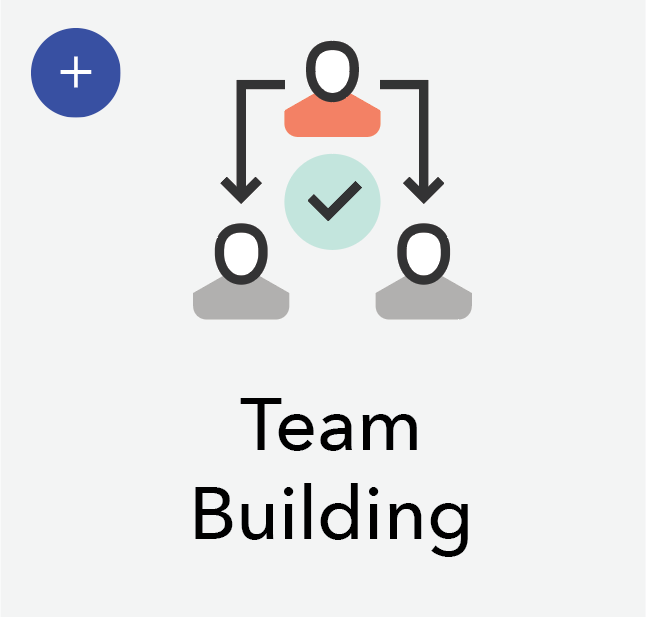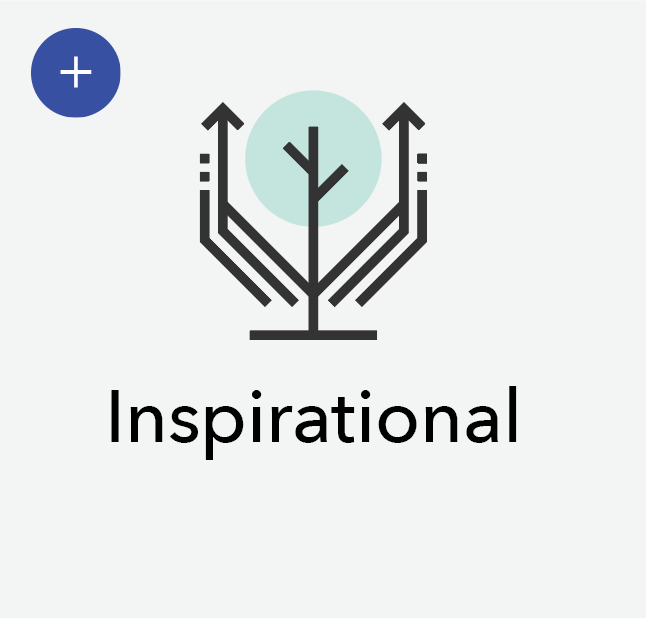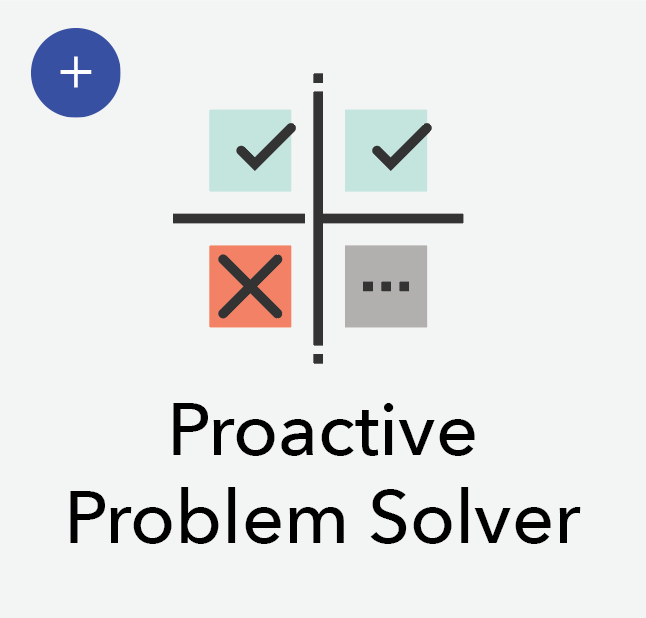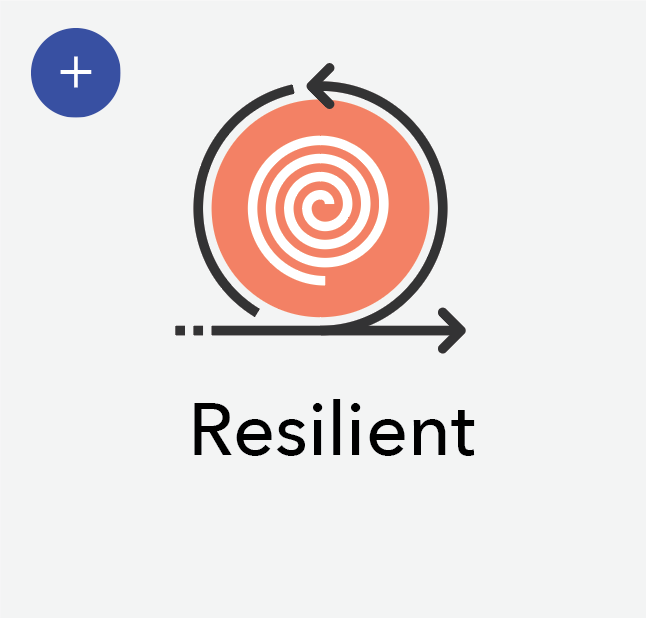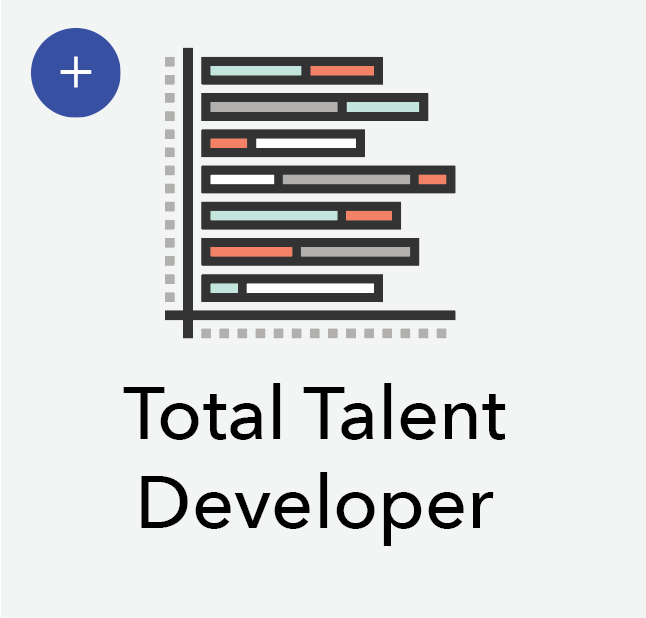At Rutgers University we strive to foster a community and culture of continuous learning and professional growth and development.
The Rutgers Competencies serve as the foundation for development for staff employees, in partnership with their supervisor, to assess, discuss, and develop the skills and behaviors necessary for success. In addition, these competencies are intended to empower all employees to drive their own development
Each competency has defined characteristics and a measurable behavior scale of Emerging, Skilled and Role Model:
- Emerging: Demonstrates some of the qualities and behaviors of the competency and has a large opportunity to develop.
- Skilled: Demonstrates many of the qualities and behaviors of the competency but still has room to further develop and grow.
- Role Model: Exhibits all the qualities and behaviors of the competency. Acts as a resource for others to develop in this area.
Professional Competencies:
Leadership Competencies:
How to Get Started
Getting Started: Supervisor and Employee Discuss Development Using the Professional Development Process
Professional development is for everyone. Whether you’ve been in your field for two years or 20, professional development is one of the best habits you can adopt. In fact, the continuous learning and endless curiosity that come with professional development can help you thrive in your career.
In order to facilitate conversations around professional development University Human Resources has created a professional development process. We encourage the supervisor and employee to review this process and meet to set mutual expectations and goals for engaging in professional development.
The professional development process includes:
- Competency Self Assessment
- Name Strengths
- Identify Areas for Development
- Establish Professional Development Goals and Actions
- Discuss Progress
1. Competency Self-Assessment
Employee and Supervisor take the Competency Assessment
The employee takes either the Professional or Leadership Competency self-assessment and downloads the assessment for the debrief with their supervisor.
The supervisor also takes the assessment evaluating their employee's competencies and downloads the assessment for the debrief with their employee.
Use the self-assessment to gain awareness of your areas of strength, areas of opportunity, and to inform your development goals and actions:
Note: For the Non-Aligned Performance Management Program, a self-assessment is completed online at the Initial Goal Setting phase of the process in the Performance Management System. We encourage you to re-assess yourself using the assessment links above as needed.
Competency Assessment Debrief
Conversations related to the competencies and the assessment are important because we each see a situation based on our own individual perspectives. The goal of these conversations is to reach a common understanding and agreement about our current capabilities and where we need to grow. As you debrief the assessments identify both strengths and areas for development.
- The supervisor and employee review each competency with its associated key characteristics from the self-assessment together.
- The employee explains where they see themselves as it relates to each measurable behavior for each key characteristic of the competency and should provide examples of where their perceived strengths and areas of development are.
- Next, the supervisor explains where they see the employee as it relates to each measurable behavior for each key characteristic of the competency and should provide examples of their observations of the employees strengths and areas for development.
- The supervisor and employee discuss how the assessments differ and explain their individual perceptions on the employees strengths and areas for development.
2. Name Strengths
Using the results from your self-assessment, identify 1-3 strengths based on the Professional or Leadership competencies.
3. Identify Areas for Development
Using the results from your self-assessment, identify 1-3 areas for development based on the Professional or Leadership competencies.
4. Establish Development Goals and Action Plans
Using the SMART goal framework, set 1-3 goals to build strengths, address gaps, and work on knowledge/skill development. Identify on-the-job experiences, learning and development actions to achieve goals.
70-20-10 Model for Learning
The 70-20-10 model was established based on research conducted asking managers that were successful in their career which learning experiences they attributed to being key to their development and success. Overall results indicated:
- 70% of learning comes from on-the-job experiences, career experimentation and reflection
- 20% of learning derives from social connection, networking and working with others
- 10% of learning comes from formal learning and development programs, courses and workshops
Use examples from the 70-20-10 Model below as inspiration as you create development goals. The Organizational and Talent Development team is available to support all supervisors and staff in using the 70-20-10 model to create development goals and action plans.
5. Discuss Progress
Review progress, update, and discuss development goals regularly with your supervisor.

